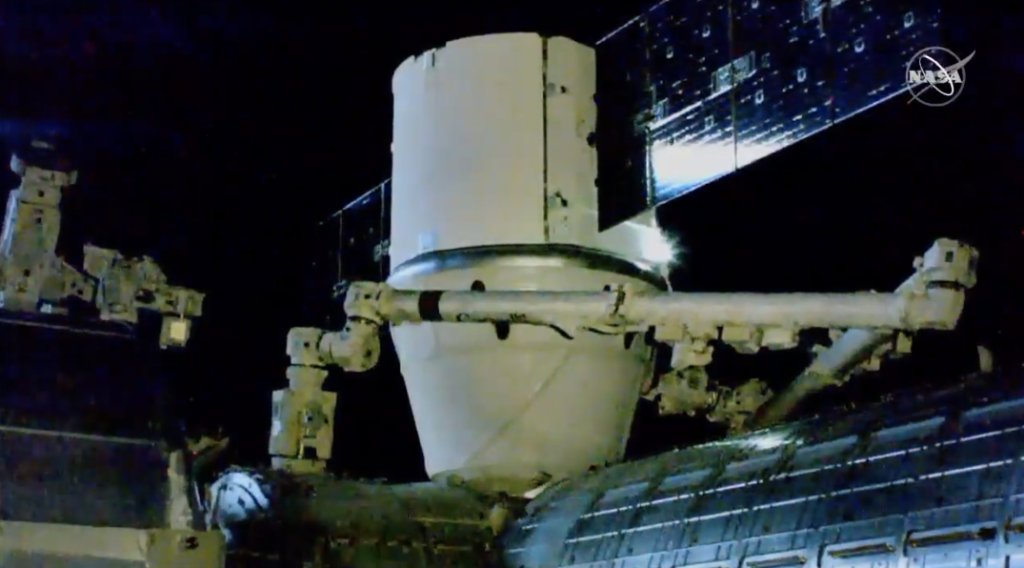
Add another one to SpaceX's successful deliveries as its Dragon has successfully docked with the International Space Station last Sunday, Dec. 8.
The Dragon was captured by astronauts equipped with a robotic arm. The capture mission was done at approximately 5:05 a.m EST, when the ISS was 262 miles above the South Pacific Ocean. This ends a 3-day mission wherein the ISS tried to capture the Dragon capsule after launching from Florida on Thursday, Dec. 5.
Italian Luca Paramitano, current commander of the International Space Station, said the following after the successful capture and docking of the Dragon module.
"I would like to congratulate all of the people in Houston and around the world who contributed to the launch, navigation, and capture of Dragon. They must know that whenever we welcome a new vehicle on board, we take on board also a little piece of the soul of everyone that contributed to the project. So, welcome on board."
Experiments aplenty
The Dragon held three tons worth of supplies and experiments. Included in the capsule were 40 mice for research on muscle and bone density, 8 of which were genetically engineered to have twice as much muscle mass. The mice will help scientists on earth understand how to limit bone and muscle loss in space, a problem that's faced by anyone who stays in space for a prolonged period of time.
Another experiment brought on board the International Space Station was 120,000 nematodes (or roundworms) that are part of an agricultural study on pest on control. They're expected to reproduce up to 3 million times, after which they will be frozen and sent back to earth.
Budweiser, the American beer company, also sent up an experiment that tests how barley seeds grow in space. This is the fourth experiment sent by the parent company Anheuser-Busch to the station. NASA also sent up a "robot hotel" for its two Robotic External Leak Locators, robots that were designed to find gas leaks on the space station.
The Japanese government also sent up a new hyperspectral imaging system designed for oil explanation. A high-tech toolbox used for external maintenance of the International Space station was sent up as well.
The most interesting new experiment aboard the ISS, however, is the capsule's robot head, which is programmed with artificial intelligence. Named Cimon, the robot can sense an astronaut's emotions.
And since it's the holidays, NASA has added some Christmas presents for all the crew aboard.
Another one for the books
This is the 19th successful delivery done by SpaceX over the past seven years. The specific Dragon capsule used for the mission has been used twice before, first in September 2014 and the second in July 2017. The capsule is expected to return to Earth on January 6, 2020, where it will carry around 1.8 tons of scientific samples and gear and equipment.
However, this isn't the last shipment of the year. Russia is sending up another pod, Progress 74, from Kazakhstan on Monday, Dec. 9. It was launched last Friday, Dec. 6.









